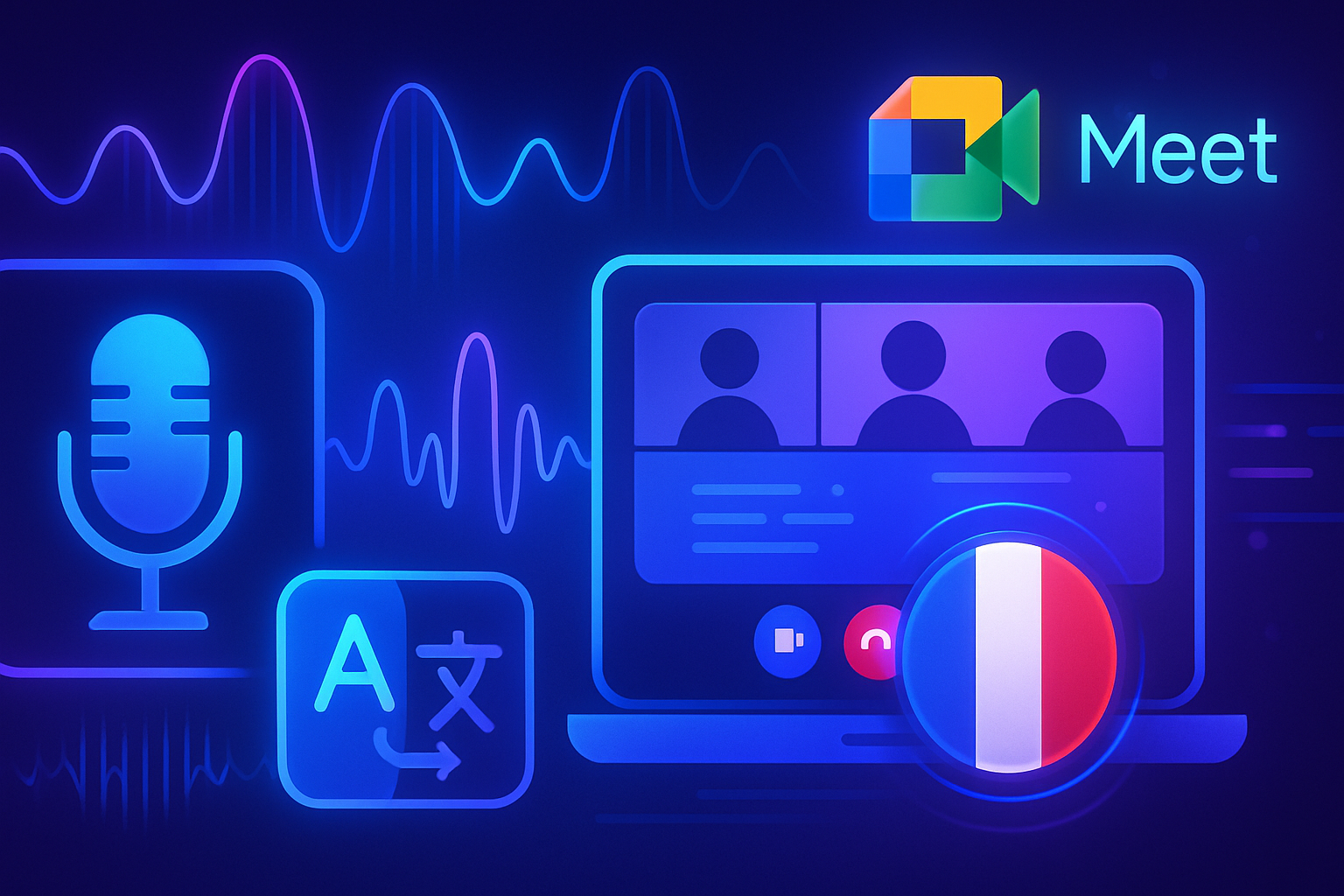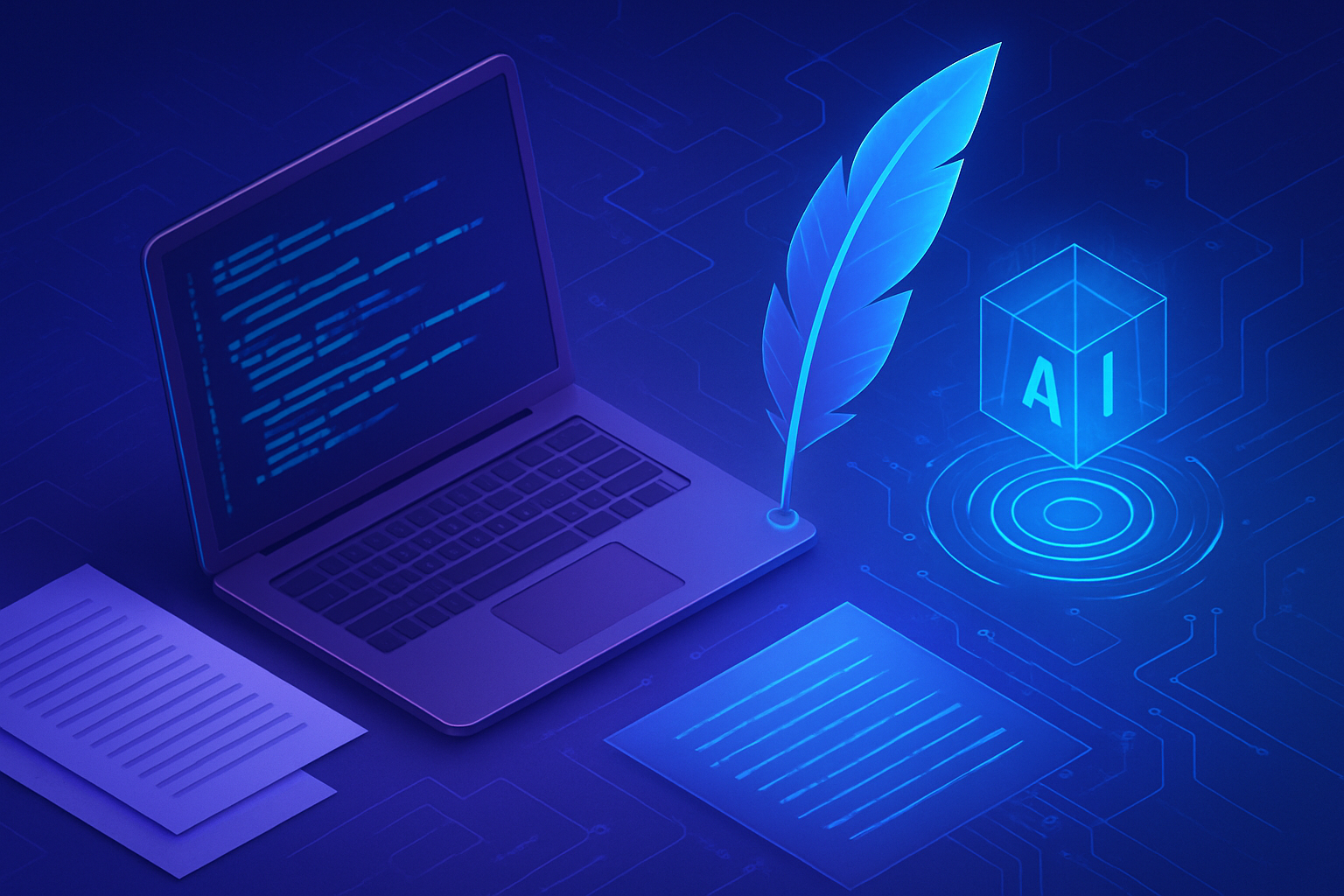The integration of AI by Wolfram Research represents a major advancement in the field of data science. The marriage of artificial intelligence and reliable data revolutionizes traditional approaches, combining automation and advanced computations. *Optimizing the recognition of programming errors* allows for transcending the limits of classical statistical techniques. *This evolution profoundly transforms the technological landscape*, shaping a future where AI enhances every aspect of decision-making analysis. Wolfram Research asserts itself as a key player, exploring synergies between technology and scientific research to offer innovative solutions.
The integration of AI into Wolfram Language
Wolfram Research has undertaken to optimize its Wolfram Language API specifically for large language models (LLM). This optimization process aims to improve the detection and correction of common coding errors. The capabilities of the API allow not only for automatic correction but also for the suggestion of relevant corrections, thus facilitating the work of developers.
An innovative approach to data science
The methodology of Wolfram stands out for its focus on data. By using advanced computational methods and thoughtful automations, the company provides answers based on concrete data. Human data interfaces further refine this approach, allowing for seamless interaction between users and analytical tools.
The fundamental role of data science
Data science transcends mere statistics. It encompasses a variety of approaches, including data processing, machine learning, and artificial intelligence. Each discipline feeds into the next, forming a robust ecosystem capable of extracting valuable insights from large datasets. The synergy between these elements contributes to better information processing in various fields.
Differences between AI, Machine Learning, and data science
A clear distinction exists between artificial intelligence, machine learning, and data science. AI focuses on simulating human intelligence, machine learning offers learning systems based on data, while data science is concerned with extracting meaningful knowledge. Each of these disciplines has diverse applications that enrich the tech sector.
Implications of AI in the health sector
Artificial intelligence solutions are emerging as key players in the future of medicine. Advances such as AI-assisted surgeries and remote patient monitoring illustrate this trend well. Additionally, smart prosthetics also contribute, providing tailored solutions to user needs.
The revolution of frugal AI
In the face of a lack of exploitable data, a movement toward frugal AI models is emerging. This type of AI, which uses minimal resources to produce meaningful results, proves necessary in various sectors. Resource optimization comes into play to make artificial intelligence more accessible and applicable to a broader audience.
Supporting technologies and data science
Well-established data infrastructures form the foundation of any artificial intelligence initiative. The success of an application greatly depends on the quality of the data available to it. The collection and analysis of data play a leading role in feeding high-performance AI models, which is particularly true in sectors such as agriculture and healthcare.
Remarkable applications of AI in business
Companies, like those mentioned in recent articles, are leveraging advancements in artificial intelligence to transform their operations. For example, Kenyan farmers use AI solutions to increase their productivity. This type of integration shows how AI concretely impacts the professional world while innovating.
Significant initiatives in the field of AI
Partnerships, such as the one between Amazon and Anthropic, reflect the growing importance of AI in modern business strategy. Initiatives aimed at enhancing cybersecurity and improving data analysis continue to evolve, taking into account the current challenges posed by the explosion of digital data.
Contributions of AI to scientific research
Artificial intelligence tools prove beneficial for research, even enhancing the sustainability of food systems. Applications extend to risk modeling and improving decision-making processes, allowing researchers to explore new avenues.
To explore these themes further, check out this link, which discusses AI models dedicated to access to clean drinking water. Other perspectives can also be found in this article about evolving databases and their impact on AI applications. Additionally, the analysis of AI applications can be further explored here: Top 10 AI applications.
FAQ on the integration of AI by Wolfram Research
How does Wolfram Research integrate AI into its data science tools?
Wolfram Research uses advanced algorithms and computational methods to integrate AI into its tools, allowing for faster and more accurate data analysis, while providing automations tailored to user needs.
What are the main features of the Wolfram Language API for LLM?
The Wolfram Language API for LLM is optimized to identify and correct common coding errors while providing suggestions to improve code quality, thereby facilitating the work of developers.
How does data science develop data-driven responses?
Data science, through the Wolfram approach, focuses on using computational methods and advanced user interfaces, enabling more reliable outcomes and a better understanding of the data.
What is the difference between AI, machine learning, and data science in the context of Wolfram?
In the context of Wolfram, AI refers to systems capable of performing tasks in an automated manner, while machine learning is a subset of AI that focuses on learning from data. Data science, on the other hand, encompasses the techniques necessary to extract meaningful information from complex datasets.
How can AI improve applications in the health sector according to Wolfram Research?
AI, integrated into Wolfram’s tools, can transform medical practices by optimizing patient monitoring, assisting surgeries, and developing smart prosthetics, which contributes to a better quality of life.
What types of data are generally used to train AI models at Wolfram?
Wolfram uses various data sources, ranging from structured data from databases to unstructured data, to train its AI models. This ensures optimal performance and increased relevance of the produced results.
What challenges does Wolfram Research face in integrating AI?
The main challenges include managing data quality, the need to adapt tools to various use cases, and ensuring the security of processed data while maintaining compliance with existing regulations.
Why is Wolfram’s approach considered innovative in the field of AI?
Wolfram is recognized for its systematic and data-driven approach, using both symbolic and numerical computations to provide unique solutions. This method allows for more precise results and advanced data analysis.
How can users benefit from Wolfram’s AI tools?
Users benefit from Wolfram’s AI tools through intuitive interfaces, high-performance algorithms, and access to machine learning models, which facilitate understanding and usage of data.
Which sectors can benefit from Wolfram Research’s integration of AI?
Many sectors, such as healthcare, education, finance, and agriculture, can take advantage of Wolfram’s AI tools as they enable the analysis of massive data volumes and provide solutions tailored to specific problems.






